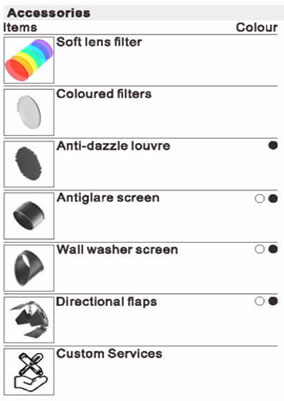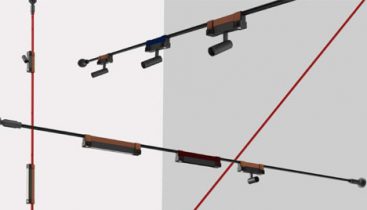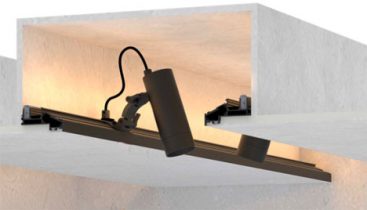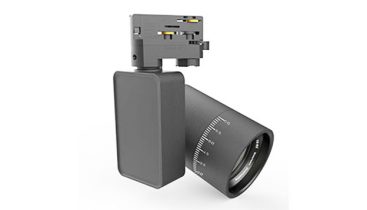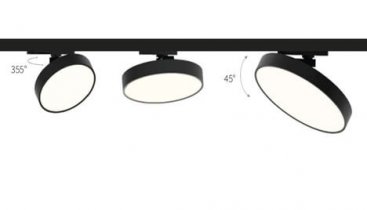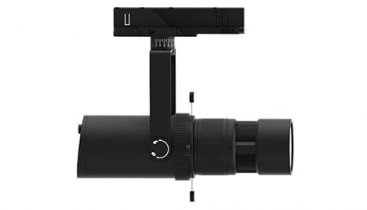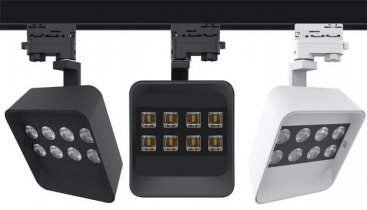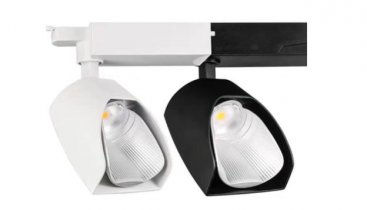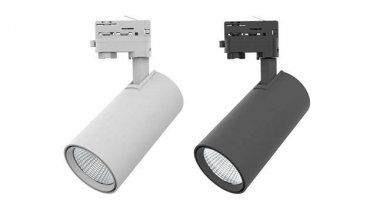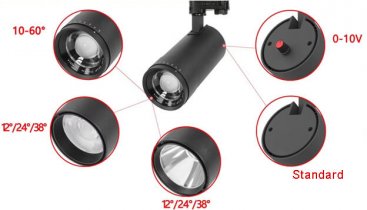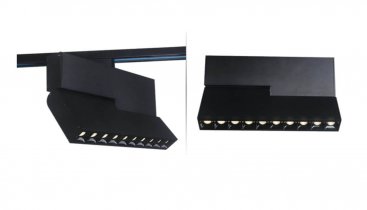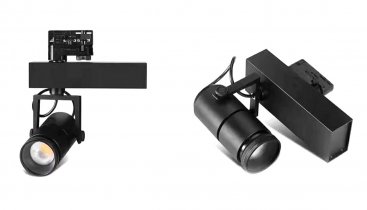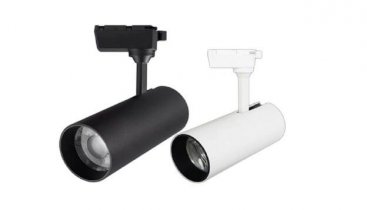Why do need to choose the CORRECT track light for Museums or Galleries?
Lighting plays a vital role in guiding visitors through their museum or gallery experience;
The moment a visitor sees the exterior façade, the journey has begun.
Why does track light have a key role in Museums or Art Galleries?
-
It can be used to alter the mood of the exhibition space;
-
It can be used to draw the eye to stunning artwork and sculptures;
-
Dimming function: The subtle play of light and dark can be used to guide the visitor’s journey from entrance to exit;
-
Use track light accent lighting, stark contrasts of light and dark;
Why is zoomable track light popular for Museums or Art Galleries?
ZOOMABLE BEAM ANGLES Function:
Thanks to the wealth of beam angles available, designers and curators can create any desired effect, be it the accentuation of a small object on a plinth or the illumination of a large sculpture or installation. The zoomable track light can keep the type of the same light, and supply different beam angles, like 10~60degree, or 10~70 degrees keeping museums & galleries unified space.
-
Narrow spots deliver high-intensity light over greater distances, Tension can be created in a darkened exhibition space thanks to narrow beams of light, drawing the visitors’ gaze to the pieces on display;
-
Wide beam angle all washing is in lighting larger artwork and brings a spacious aspect to the room;
-
The different beam angles of track light, be used to suit the size of the item being lit;
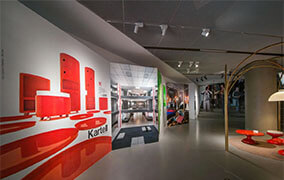
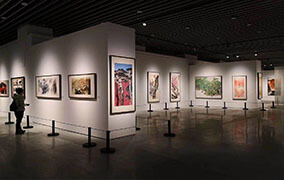
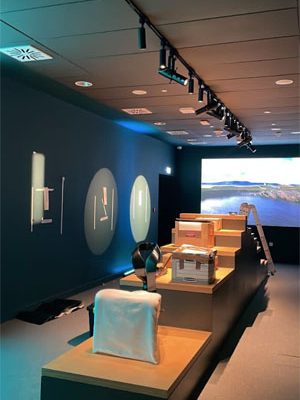
Why is Shapeable track light also popular for Museum track a light projects?
Shapeable LED Track Light Function:
-
Short stroke, wide focal length;
-
Adjustable light spot shape, size, and sharpness;
-
Adjustable light spot through the insertion of light-blocking imaging, including circular, square, rectangle, parallelogram, trapezoid, rhombus, semicircle, triangle, and any other irregular quadrilateral;
-
High-quality finish, no defocusing, and scratch resistance;
Why is the dimming function important for Museum or Art gallery lighting effects?
-
Group dimming creates a subdued mood that draws the visitor closer to the object being displayed;
-
Individual dimming draws the visitor’s eye to a specific object but also gives the highlighted object context and depth;
-
Low levels of contrast are ideal for creating a bright and airy space to draw in the visitor and allow them to explore the area as a whole;
-
High levels of contrast direct the visitor to key focal points within the space and create a more ‘theatre-like’ experience;


Why suggest choosing a professional track light application for Museum or Art gallery?
What’s Different Commerical Track Light VS Museum Track Light:
-
The difference between the spotlight type;
-
The difference in light color quality;
-
The difference in the dimming function;
-
The difference between light changes and light control adjustment;
-
In other respects, such as process quality, warranty life, etc., professional exhibition lamps have higher requirements.

How to choose the led track light for Museum or Art gallery?
-
Zoomable beam angles function: designers and curators can create any desired effect; e.g. Narrow Spot, Spot, Wall Washing;
-
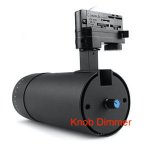 Dimming on the track spotlight with DALI, 0-10V, 1-10V & Triac DIM, meantimes also can use a knob directly control dimming in your hands, creating a subdued mood that draws the visitor closer to the object being displayed;
Dimming on the track spotlight with DALI, 0-10V, 1-10V & Triac DIM, meantimes also can use a knob directly control dimming in your hands, creating a subdued mood that draws the visitor closer to the object being displayed; -
Unity of the same light types can keep peace in space;
-
According to the requirements of the scene, match different optical accessories, like a soft lens, honeycomb, antiglare screen, etc.
-
Color rendering is an important factor to take into account when lighting museums and galleries, Ra>90/95 is best;
-
The advent of color tunable LEDs has increased the versatility of mood creation available to curators and designers;
